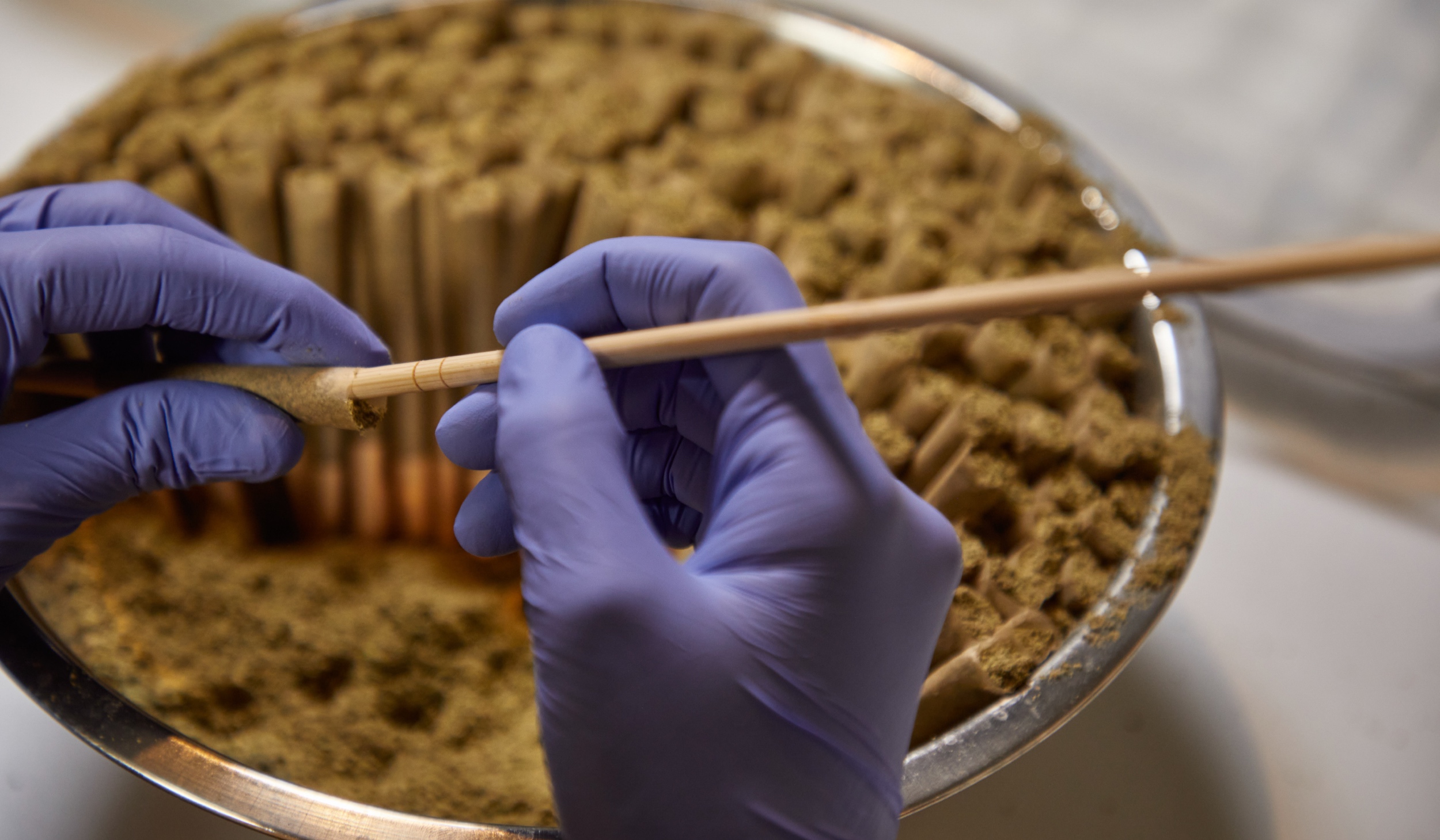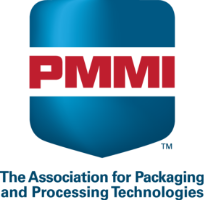The Importance and Evolution of Cannabis Packaging: Manual Versus Automated Systems

Introduction
The burgeoning cannabis industry is witnessing rapid growth and change. Central to this evolution is the pressing need for efficient, consistent, and safe packaging. While manual packaging has its merits, technological advancements in automation present compelling benefits that can’t be ignored. This white paper delves deep into the nuances of cannabis packaging, the challenges and advantages of both manual and automated methods, and the significance of partnering with industry leaders like LeafyPack to optimize packaging processes.
1. The Crucial Role of Cannabis Packaging
Protection and Preservation
Cannabis packaging is not just about containment. It’s about safeguarding the product from potential contaminants, including microbes, moisture, and ultraviolet rays. Such contaminants can drastically reduce the potency, safety, and shelf life of cannabis products. An effective packaging system ensures that the cannabis retains its therapeutic and recreational efficacy from production to consumer hands.
Regulatory Adherence
In an industry as regulated as cannabis, non-compliance is not an option. State and federal regulations mandate specific packaging requirements, from child resistance to precise labeling and evident tampering. Effective packaging not only guarantees the safety of the end consumer but also shields producers from potential legal ramifications.
Branding and Market Positioning
In a saturated market, differentiation is vital. Packaging is often the initial touchpoint between the product and the consumer. A well-thought-out package can effectively convey a brand’s values, assuring consumers of quality and building brand loyalty.
2. Manual Packaging: A Double-Edged Sword
Slow Production Rates
While a hands-on approach to packaging can offer a unique boutique appeal, the reality is starkly clear: manual packaging struggles to match the efficiency of automated systems. Variability in human performance means production rates can fluctuate, making output forecasts challenging. Moreover, as demand surges, manual methods grapple with scalability without incurring additional labor costs.
Worker Health Concerns
The repetitive nature of manual packaging tasks poses significant health risks:
- Physical Strain: Continuous, monotonous tasks can lead to repetitive strain injuries (RSI) such as carpal tunnel syndrome. These not only affect worker well-being but can also result in increased absenteeism and decreased productivity.
- Mental Health: Repetition can be mentally draining, leading to burnout, reduced job satisfaction, and heightened risk of depression.
- Exposure Risks: Direct and prolonged exposure to cannabis residues or packaging chemicals can pose health challenges. Continuous safeguards are necessary to mitigate these risks.
Escalating Labor Costs
Labor is a significant cost center in manual packaging processes. With mounting pressures for just wages, safe working environments, and additional benefits, labor costs are skyrocketing.
- Wage Dynamics: As competition stiffens, there’s a race to offer better wages to attract the best talent, inevitably increasing operational costs.
- Training and Turnover: Consistency in manual packaging necessitates regular training, a recurrent cost, especially with high turnover rates typical in manual labor industries.
- Benefits and Premiums: Given the health risks, insurance premiums can be substantial, and offering health benefits further adds to operational costs.
3. Automation in Cannabis Packaging: Dissecting Myths from Realities
Trichome Preservation
- Misconception: Automation damages delicate trichomes, reducing product quality.
- Reality: Modern automation, designed with care and precision, minimizes trichome damage. In many instances, they fare better than manual methods where human contact can dislodge trichomes.
Kief Integrity
- Misconception: Automated systems inadvertently separate kief from the product.
- Reality: Automation, when optimized, maintains product integrity. Innovations like non-stick surfaces and gentle handling ensure minimal kief separation.
Ensuring Quality
- Misconception: Automation compromises product quality.
- Reality: Automation can be seamlessly integrated with quality assurance systems. Modern sensors and cameras can detect anomalies, ensuring unparalleled product consistency.
Cost Dynamics
- Misconception: The upfront costs of automation are prohibitively high.
- Reality: While initial investments are significant, automation offers long-term cost efficiencies, scalability, and consistent output, making the ROI compelling in the long run.
4. The LeafyPack Advantage
In the intricate world of cannabis packaging, working with seasoned experts is indispensable. LeafyPack stands out as an industry pioneer, offering state-of-the-art automated packaging solutions tailored for the cannabis industry.
- Customized Solutions: LeafyPack understands that one size doesn’t fit all. Their solutions are designed to address individual business needs, ensuring optimal efficiency and product quality.
- End-to-End Support: From conceptualization to post-implementation support, LeafyPack offers comprehensive services, ensuring that businesses reap the full benefits of automation.
- Innovation at Its Core: In an ever-evolving industry, stagnation is detrimental. LeafyPack’s commitment to continuous research and development ensures that their clients always stay ahead of the curve.
Conclusion
The cannabis industry, at its crossroads, faces a pivotal choice: to cling to traditional manual methods or to embrace the future with automation. While manual methods have their place, especially for niche producers, the overarching trend leans heavily towards automation. Partnering with industry trailblazers like LeafyPack can ensure a smooth, efficient, and profitable transition. The blend of human expertise and technological advancement heralds a bright future for the cannabis packaging industry.



